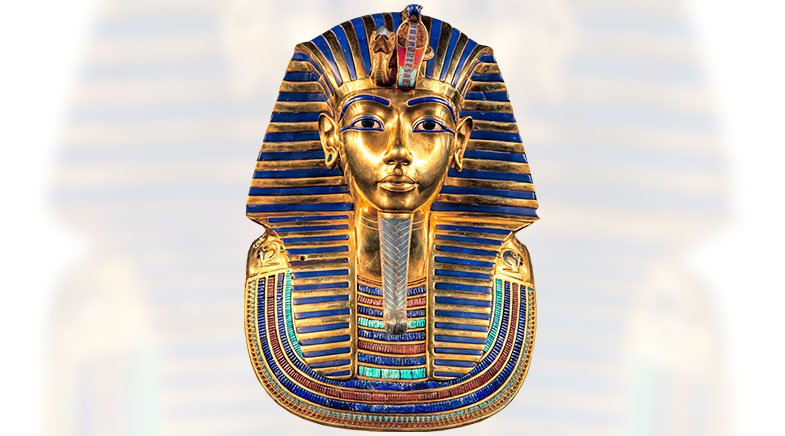Mirror trick
-
- from Shaastra :: vol 03 issue 05 :: Jun 2024

Researchers turn insulators into conductors by using mirrors, opening up new possibilities.
An insulating polymer can be transformed into a conductor by simply being placed between two mirrors at a proper distance from each other, shows new research. The trick is in creating a vibrational strong coupling (VSC) between the mirrors and the material.
The research (bit.ly/insulator-conductor) shows possibilities for converting insulators to conductors, with a mode selectivity on conduction. "We see its potential in printing 3D circuits, in making electronic devices with organic material and also in semiconductors," says Anoop Thomas, Assistant Professor at the Indian Institute of Science (IISc), Bengaluru. The material became conductive at ambient temperature itself.
Thomas and Veerabhadrarao Kaliginedi, also an Assistant Professor at IISc, knew of previous works on enhancing conductivity in insulating materials by shining a laser beam on the material. "However, the conductivity lasted only for a few pico seconds (one-trillionth of a second), as long as the laser was beamed, and was possible only at cryogenic temperatures," says Thomas. "In our experiment, we focused on creating a resonance between the polymer's vibrations and the mirrors, to create polaritonic (hybrid light and matter) states within the cavity." The researchers created a Fabry Perot cavity with two highly polished surfaces; such cavities are used in various optical and telecommunication instruments. They used gold for the mirrors (other reflecting metals can be used, too). Between these two highly polished surfaces, a strong, confined electromagnetic field is created. "Inside such a cavity… the electromagnetic vacuum fluctuations can strongly couple with the electronic or vibrational transition dipole of the molecule (in this case, the insulator) to form the hybrid light-matter states...," says the paper.
"We see its potential in printing 3D circuits, in making electronic devices with organic material and also in semiconductors."
The researchers adjusted the distance between the two mirrors to create the resonance or polaritonic state with the insulating material and then observed the remarkable conductivity in the insulator material. They repeated the experiment with several insulating polymers like polystyrene, deuterated polystyrene and polymethyl methacrylate (PMMA). The conductivity could be turned off by simply breaking the polaritonic state (for example, by moving the mirrors). Thus, a material's conductivity could be regulated by controlling the VSC bond.
The researchers noted that while polymers with aromatic chains showed conductivity, those with aliphatic chains like PMMA did not. The paper notes that further studies are needed to "understand the mechanistic details of this phenomenon". It also notes that the VSC mode provides a handle to tune electron transfer in polymers, thus offering possibilities for organic electronics and semi-conductor technology.
Chaitanya Sharma Yamijala of the Indian Institute of Technology Madras says, "Based on intuition, one would not expect that a non-conducting polymer would suddenly become conductive when kept inside a cavity. But that is exactly what quantum mechanics predicts... It will be interesting to see how nanoclusters or nanomaterials would behave in these confined environments."
Have a
story idea?
Tell us.
Do you have a recent research paper or an idea for a science/technology-themed article that you'd like to tell us about?
GET IN TOUCH














